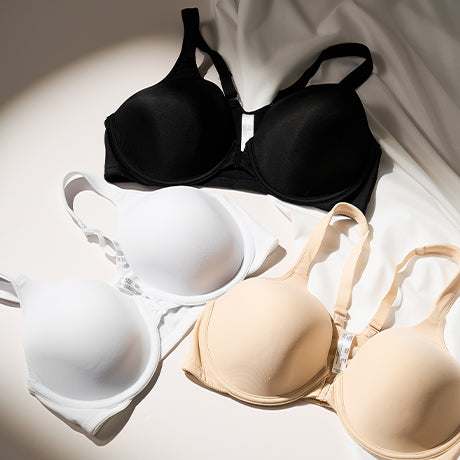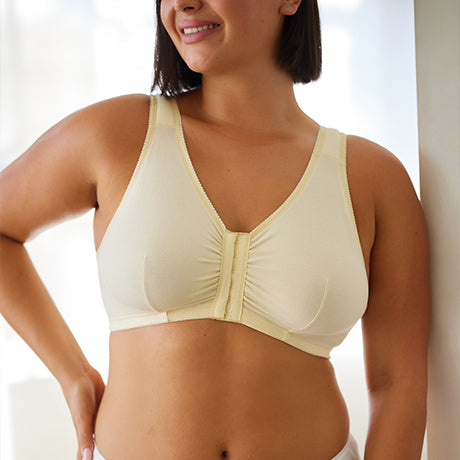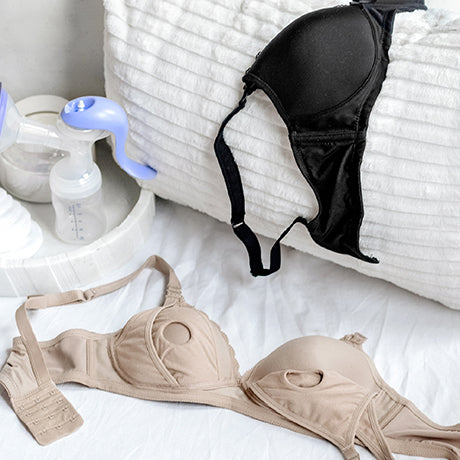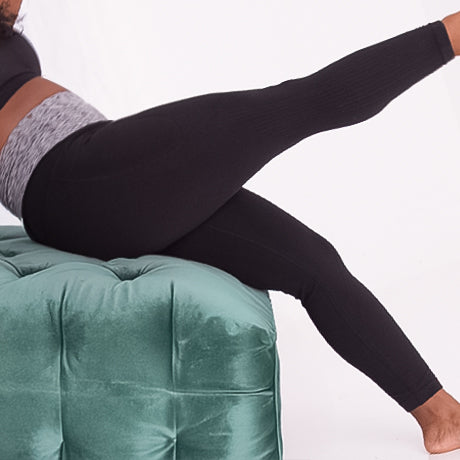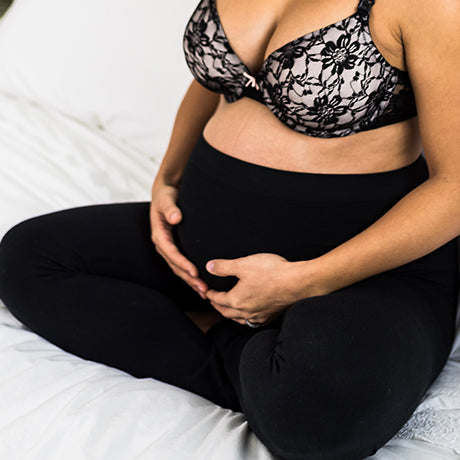Delaying Baby’s First Bath for Breastfeeding Success
Initiating skin-to-skin contact and breastfeeding immediately after giving birth are two well-known factors in successful breastfeeding. And they may become speedier than ever thanks to findings of a study from Leading Lady’s medical neighbors at the Cleveland Clinic. The new research reveals delaying baby’s first bath increases exclusive breastfeeding rates while in the hospital.
Breastfeeding Rates and Baby’s First Bath
At first thought, you may find the practice of delaying baby’s first bath by up to 12 hours unsanitary and “gross.” That was the initial reaction of many mothers and nurses at Cleveland-area hospitals when the delayed bath intervention first began. But considering the results of this study and the overwhelming benefits of snuggling and feeding your baby as soon as possible after birth, you might just reconsider for the health and wellbeing of your baby.
The Cleveland Clinic’s study reviewed exclusive breastfeeding rates pre- and post-intervention at several local hospitals. The results indicate that couplets where the baby was bathed soon after birth had lower rates of initiation and exclusive breastfeeding – approximately 60% – during their hospital stay. Those who delayed the first bath at least 12 hours had higher exclusive breastfeeding rates of over 68%.
Delaying the First Bath Supports Breastfeeding
The results of the Cleveland Clinic’s study, published in the Journal of Obstetric, Gynecologic and Neonatal Nursing, sites several reasons that delaying a bath may increase exclusive breastfeeding rates.
The first is that the initial cuddling time immediately after birth supports a baby’s central nervous system by reducing stress. A mother’s warm embrace, reassuring voice, and the rhythm of her heartbeat as felt through skin-to-skin contact calm a newborn and help your baby better adjust to life on the outside. Additionally, babies are born with a protective waxy coating called vernix, which further supports your baby’s sense of security and warmth. Babies are more likely to breastfeed under these comfortable circumstances, and breastfeeding is encouraged right away during the first snuggle session.
By breastfeeding as quickly as possible after birth, babies and mothers begin the nourishment journey together. Skin-to-skin contact and putting your baby to the breast early and often will stimulate milk production. As you progress from colostrum to mature milk in the first few weeks after giving birth, your baby will be more likely to want to breastfeed if milk is available and satiating.
For some, breastfeeding takes a lot of practice, trial and error, and a long adjustment period. Having this immediate head start can only help kickoff the relationship when your baby is eager to suckle. This research suggests the suckle response may increase with the smell of amniotic fluid, in addition to the desire to nurse.
Preparing for Successful Breastfeeding
Many mothers are now including their wish to delay baby’s first bath in their birth plans. This brief written document outlines how a mother would like to give birth, as well as desires for her baby’s care after birth. Even if your hospital does not practice the delayed bath intervention, you can request a delayed bath and immediate skin-to-skin contact in your birth plan or verbally when you speak to your nurses before giving birth. Unless there is a medical reason not to, your nurses should be able to accommodate your wishes.
As you’re packing your hospital bag, make sure your wardrobe is ready for breastfeeding. Most moms are able to dress within a few hours after childbirth so have your nursing bras and nursing tank tops with you for easy access. Since you will likely be lounging for the first few days, we recommend leisure bras and nursing sleep bras, like The Felicity Nursing Sleep Bra 2-Pack or The Serenity Bamboo Crossover Sleep Bra that will keep you cool despite surging hormones.
Nursing tank tops pair wonderfully with the pajama bottoms, relaxed-fit leggings, or yoga pants that are so comfortable to wear in the hospital. Our classic Nursing Cami with Built-in Nursing Bra is a best seller. And we have many other styles including racerback nursing tops and stretchy fitted styles. A nursing chemise also works beautifully in the hospital and for overnight feedings once you return home.
Sources: Cleveland.com, The Cleveland Clinic, and Journal of Obstetric, Gynecologic and Neonatal Nurses

